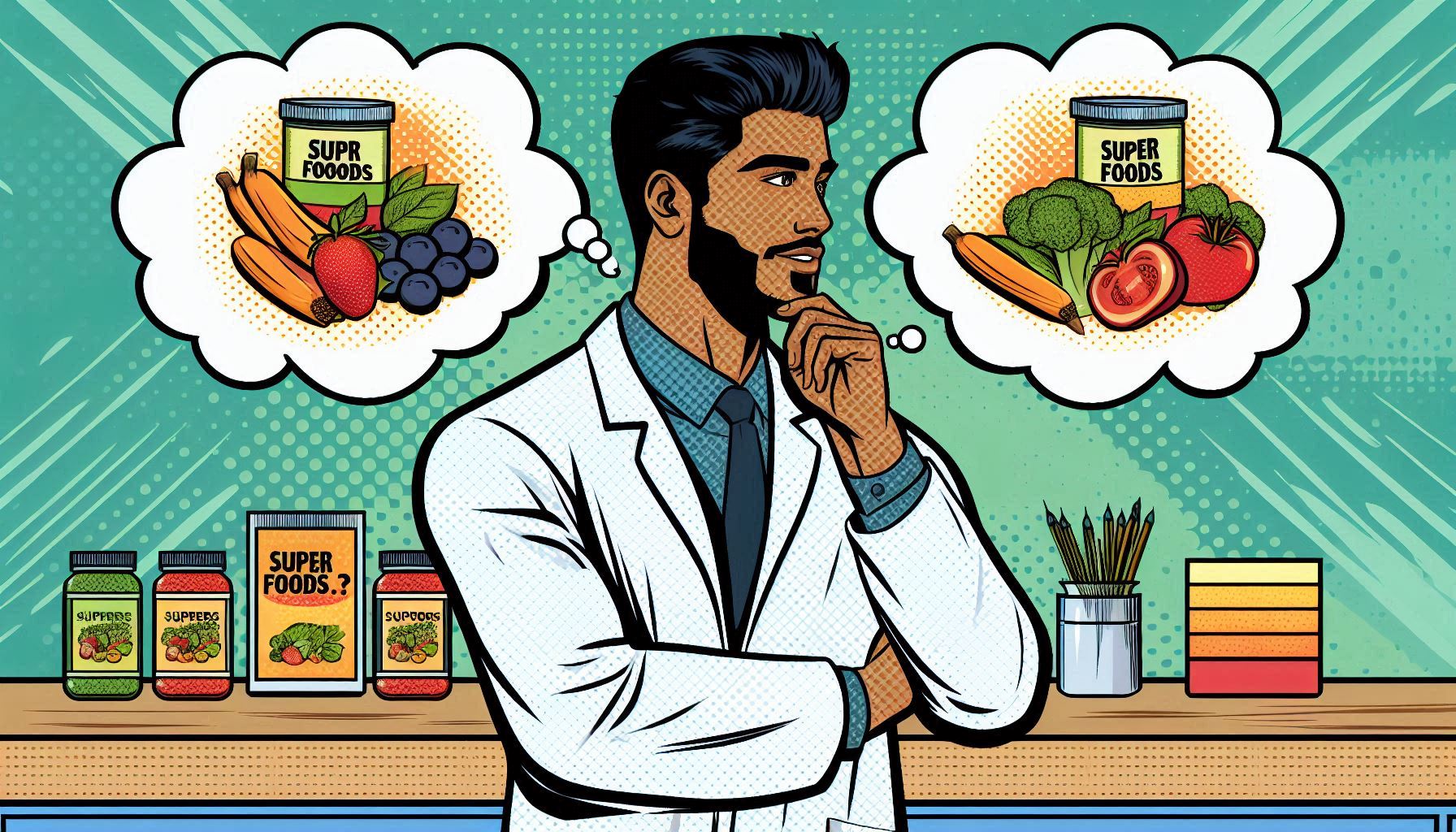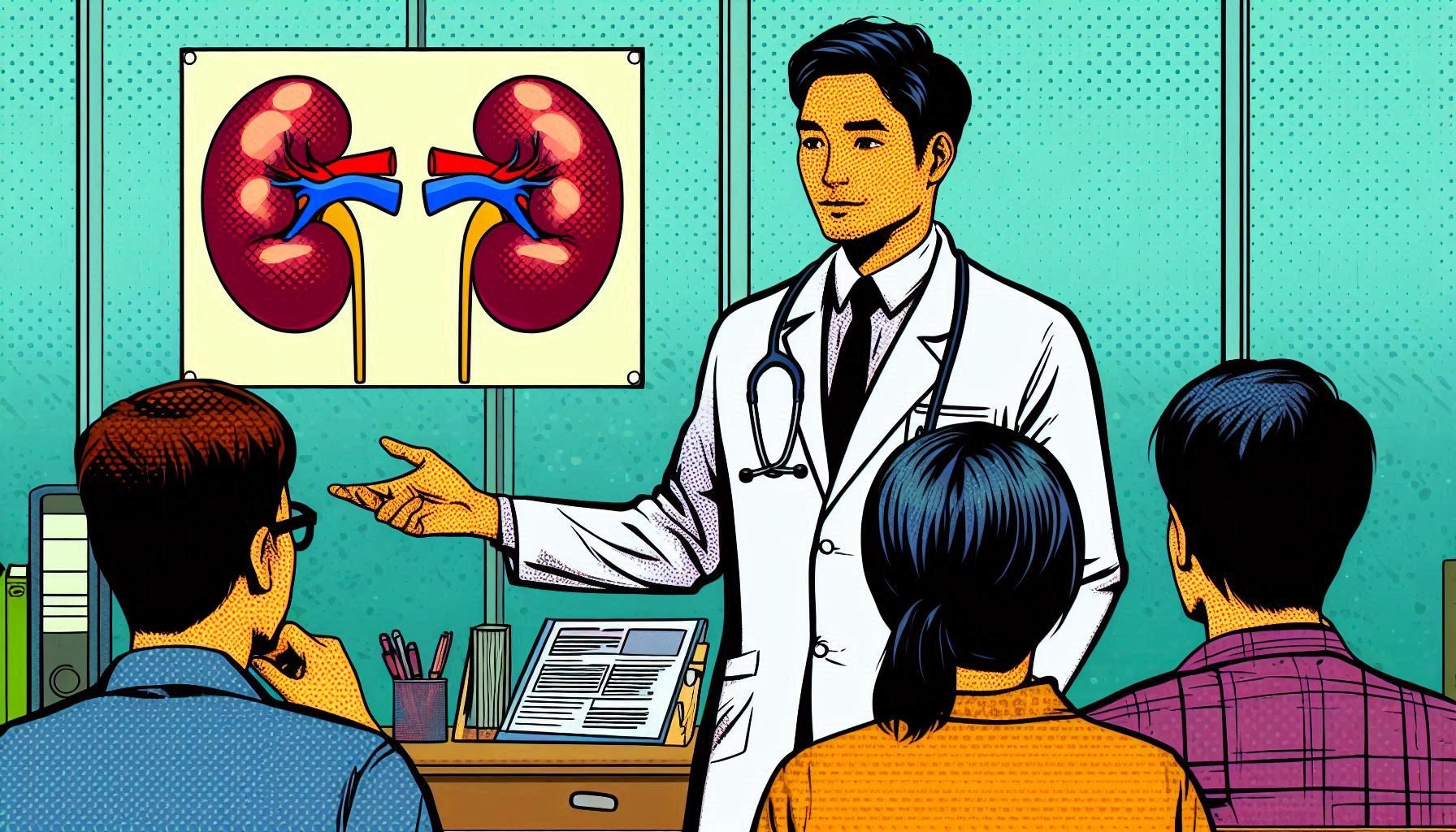Your cart is currently empty!
Getting to Wellness

If you’re having a difficult time getting to wellness and adopting a lifestyle that benefits you in the long game, you’re in the right place. It’s a lot at play when it comes to wellness and life, and it can easily become overwhelming. Think of this as an introduction to wellness and prevention.
What is wellness
Wellness from our perspective, is the integration of physical, mental, and spiritual well-being, fueling the body, engaging the mind, and nurturing the spirit. Wellness is the personalized approach to living life in a way that enhances and revitalizes you. It is premium grade self-care.
It is prevention, promotion, and subtracting.
In the holistic view of wellness, which is how we approach health and life, there are 8 dimensions that depend upon one another. Keeping them balanced is key to fluidity and harmony. The dimensions are:
- Environmental
- Physical
- Emotional
- Social
- Financial
- Vocational
- Spiritual
- Intellectual
Wellness is a quality of life, with and without disease. Wellness is believing and acting upon your potential, circumstances, and choices to be the best you.
What’s prevention?
Prevention is the things we do and the measures we take to avoid or reduce our risk of developing a chronic disease, cancer, becoming ill or contracting a sexually transmitted infection. Prevention is reducing risk factors that are within your control, such as your level of physical activity, habits, what you eat, how often, and how much, your weight, and the degree of abdominal obesity.
Prevention is a part of wellness, so when you think about wellness think of prevention and activities or habits that promote well-being and good health.
Shifting the way you think
The number one barrier to getting to wellness is thought. Followed by habits and behaviors. These three things pretty much dictate one’s level of commitment and degree of wellness.
Think from the end rather than about the end. Think from the ideal instead of thinking of the ideal.
Wayne Dyer
The biggest hurdles for most is overcoming bad and limited thinking, and not acting on what we know to be best. Shifting the way we think takes self regulation, intention, and self-awareness. These influence habits, behaviors, and decisions.
Changing any habit takes commitment, work and patience. Give yourself grace, habits are hardwired into our brains and aren’t easy to break.
Steps to adopt wellness as a lifestyle
- Master self-regulation: self regulation is the ability to direct our behavior and control our impulses so that we meet standards we set, achieve goals, or reach certain ideals. Self regulation requires a good deal of mental energy.
- Replace old habits with new and improved habits: Old habits hardly take any energy, it’s an automatic process. Muscle memory. But trying to stop or edit a habit takes work, and thus energy.
- Be intentional and conscious
- Develop an action plan to get to your ideal self.
- Make use of strategies to help new habits stick
- Become self aware
- Stop avoiding




